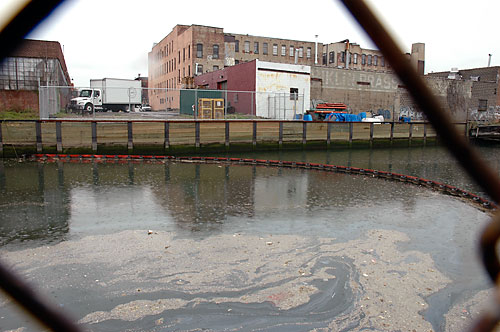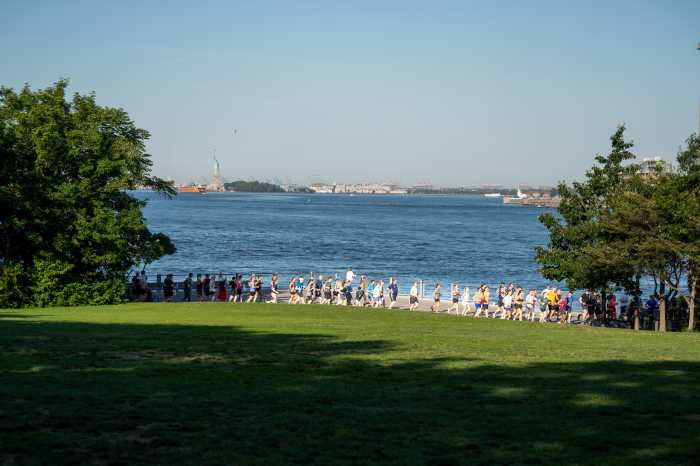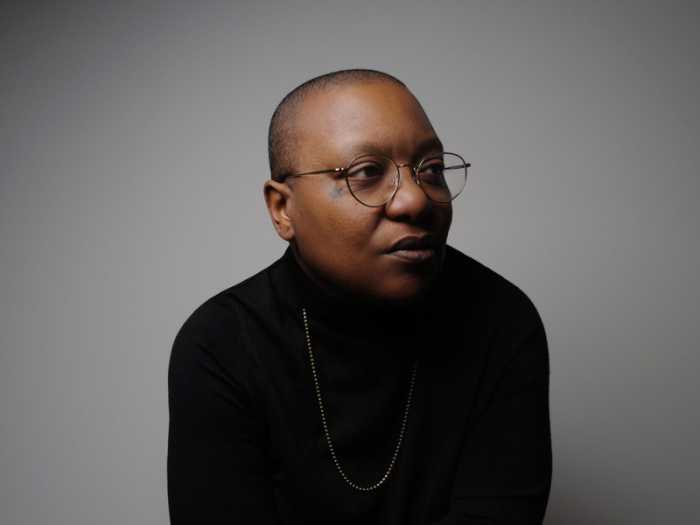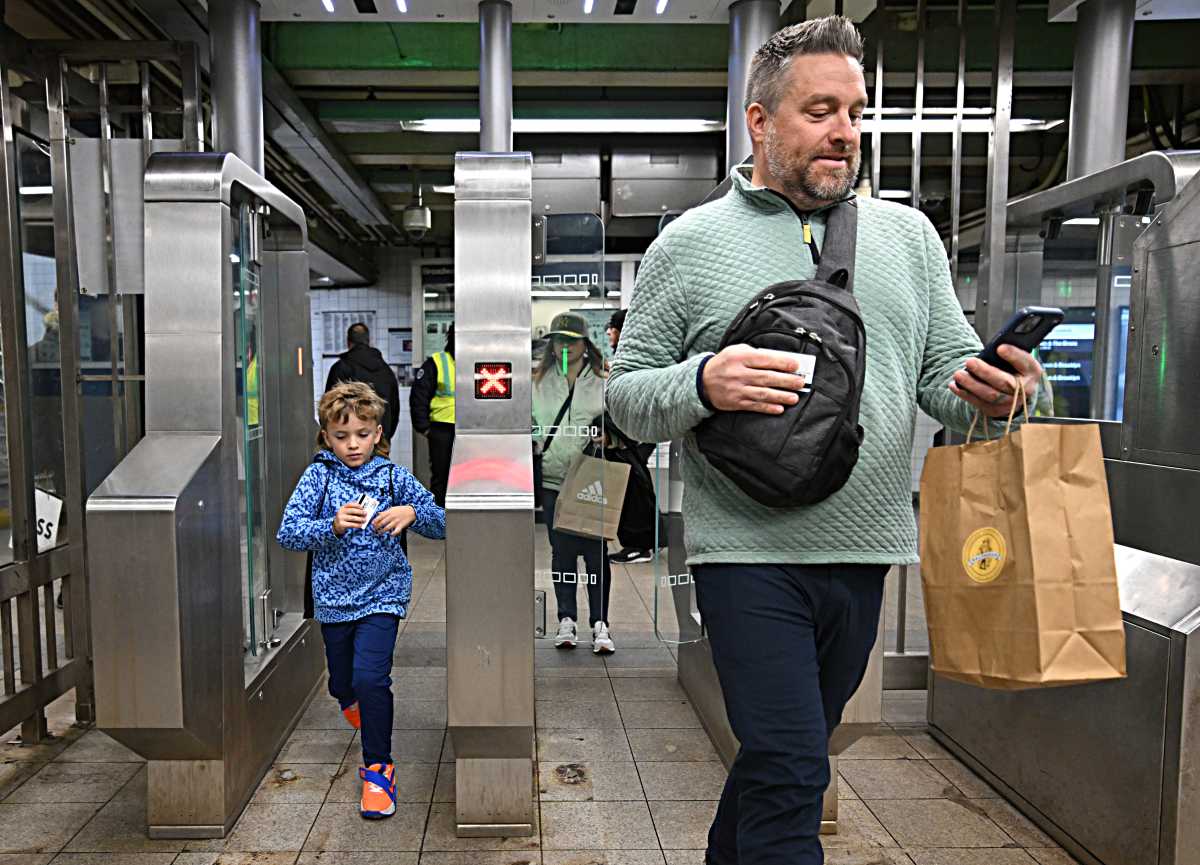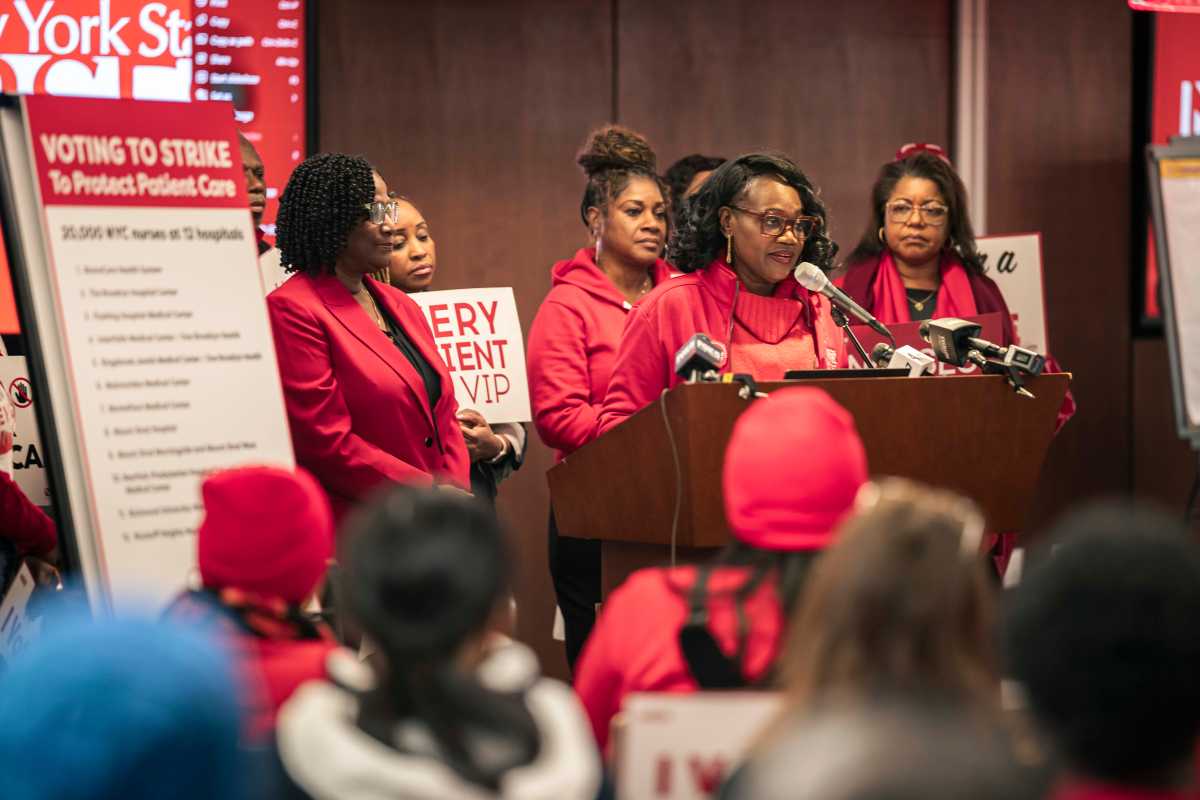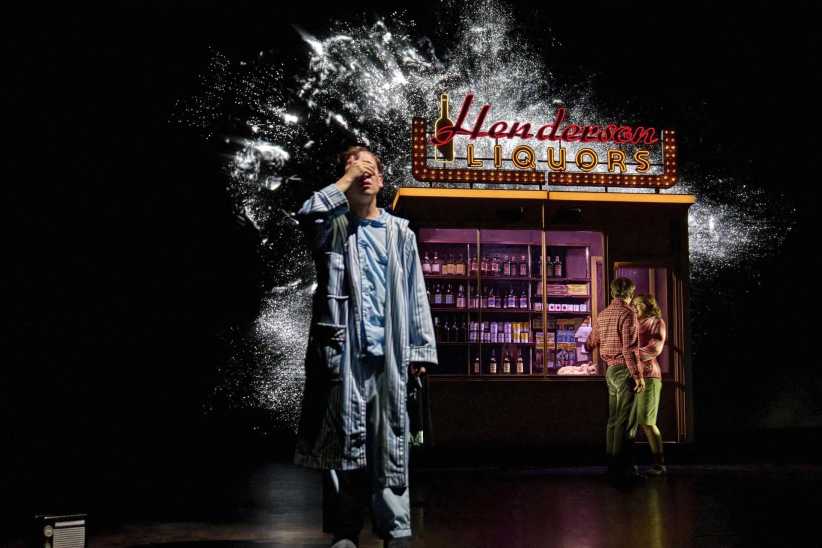The city and National Grid are now officially on the hook for the clean-up of the Gowanus Canal, the federal government announced last week.
The agreement between the polluters of “Lavender Lake” and the Environmental Protection Agency marks the first formal commitments under the Superfund process — and is expected to be the first of many such deals with other polluters, a list that also includes the U.S. Navy and Con Edison.
Under the deal, the city and National Grid will pay to dig 14 wells “that will allow us to sample the ground water,” said EPA spokesman Elias Rodriguez. “The water, which makes its way into the canal, may be contributing to the contamination.”
In addition to underwriting the cost of the 20- to 50-foot-deep wells, the polluters will fund the scientific work involved in supervising the sites. There’s no estimate of the cost of this phase of the work because Superfund is a “pay-as-you-go” process.
Rodriguez added that the collection phase should start this month and be finished around August.
The locations of the wells read like a polluter’s stomping grounds: the Hamilton Avenue Asphalt Plant, the former Fulton Street coal gasification plant on First Street, and the old Brooklyn Rapid Transit Power Station at Smith and Ninth streets.

There will be more locations and more wells in the coming months, Rodriguez said.
It’s a fast start to a long process. Indeed, it was only last month that the feds finally gave the Gowanus the Superfund stamp, setting in motion a 10- to 12-year process that promises to rid the canal of the deadly contaminants, such as coal tar and toxic metals that have made the sediment a volatile sludge that can eat through industrial plastic pipes.
The feds are in the process of collecting data, which should conclude by the end of the year. Then, all of 2012 will be devoted to selecting a plan of attack for the clean-up. By the end of 2014, the plan will be designed, and then the EPA can actually begin to dredge the canal and alleviate sources of contamination — a process that should take five years or so.
Interestingly, the EPA has noticed some strange goings on at the canal as of late — if a recent press release from the agency is to be believed.
“The contamination poses a threat to the nearby residents who use the canal for fishing,” the release read.
A note to the desk jockeys in Washington: No one does that in Brooklyn.



